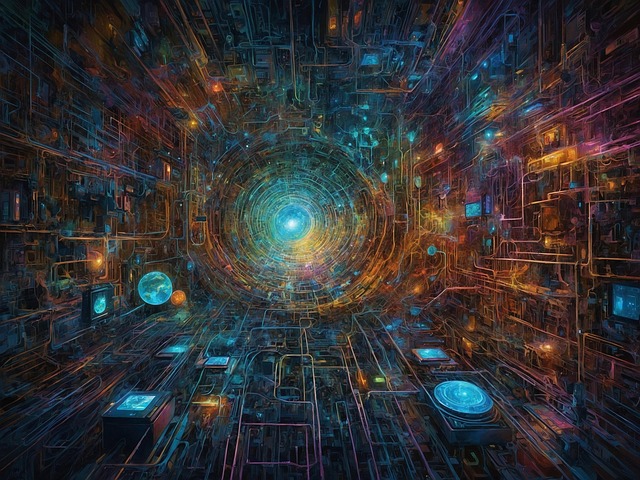AI seafood freshness monitoring systems revolutionize culinary standards by leveraging computer vision and machine learning to objectively analyze color, texture, moisture content, and temperature in real-time, ensuring perfect cooking levels, enhancing quality assurance, minimizing food waste, and safeguarding consumers from foodborne illnesses. These systems empower chefs with precise feedback, elevating customer satisfaction and culinary experiences while harmoniously blending technology and artistry.
In the ever-evolving culinary landscape, AI is transforming dining experiences, especially in the realm of seafood. This article explores how Artificial Intelligence (AI) is revolutionizing seafood restaurants through advanced AI seafood freshness monitoring systems. From understanding the precise doneness of seafood to enhancing customer satisfaction, these innovative technologies ensure optimal taste and quality. By integrating AI seafood freshness monitoring systems, establishments can maintain consistent standards, cater to diverse preferences, and elevate the overall dining experience.
- Understanding Seafood Doneness: AI's Role in Quality Assurance
- Monitoring Freshness: Advanced Sensors and Machine Learning
- Enhancing Dining Experience: Visual Recognition and Customer Satisfaction
Understanding Seafood Doneness: AI's Role in Quality Assurance

Understanding Seafood Doneness: AI’s Role in Quality Assurance
Seafood doneness, or reaching the perfect level of cooking, is a delicate balance that significantly impacts both taste and safety. Traditional methods often rely on visual cues and experience to gauge doneness, but these can be subjective and inconsistent. This is where AI seafood freshness monitoring systems step in as game-changers. By leveraging advanced computer vision and machine learning algorithms, these systems can precisely analyze various factors—color, texture, moisture content—to determine the optimal cooking point for any given piece of seafood.
AI enhances quality assurance by consistently applying these standards across batches, ensuring each dish is cooked to perfection. Moreover, AI systems can learn from a vast dataset of visually inspected meals, identifying subtle variations that might escape human notice. This not only maintains high culinary standards but also guarantees the safety of consumers by minimizing the risk of foodborne illnesses associated with undercooked or overcooked seafood.
Monitoring Freshness: Advanced Sensors and Machine Learning

In the realm of culinary innovation, AI seafood restaurants are setting new standards with their advanced seafood doneness recognition systems. These cutting-edge technologies go beyond traditional methods by employing AI seafood freshness monitoring systems that ensure optimal taste and quality. By integrating sensors and machine learning algorithms, these systems can precisely gauge the freshness and doneness of seafood in real-time.
This innovative approach leverages data from various sensors to track key indicators such as temperature, pH levels, and moisture content. Machine learning models then analyze this data to predict ideal cooking times and assess when seafood is perfectly prepared. This not only enhances the dining experience but also minimizes food waste by ensuring every dish is cooked to perfection.
Enhancing Dining Experience: Visual Recognition and Customer Satisfaction

AI seafood freshness monitoring systems revolutionize the dining experience by enhancing customer satisfaction through precise seafood doneness recognition. These advanced visual recognition technologies go beyond traditional methods, ensuring each dish is prepared to perfection. By analyzing various factors such as color, texture, and temperature, AI algorithms accurately determine when seafood is cooked to the desired level of doneness, thereby guaranteeing a consistent and enjoyable culinary experience for patrons.
This innovative approach not only improves food quality but also allows for greater personalization. Customers can specify their preferred doneness levels, creating meals tailored to individual tastes. Moreover, real-time feedback from AI systems enables chefs to refine their cooking techniques, fostering a seamless interaction between technology and culinary artistry that elevates the overall dining experience.
The integration of AI into the culinary realm, particularly through advanced seafood freshness monitoring systems, marks a significant step forward in both quality assurance and customer satisfaction. By leveraging machine learning and visual recognition technologies, AI seafood restaurants can ensure optimal doneness, maintain high standards, and deliver memorable dining experiences. These innovative systems not only enhance operational efficiency but also foster trust among patrons, who can now enjoy their favorite seafood dishes with confidence, knowing they meet the perfect standards of freshness and quality.
